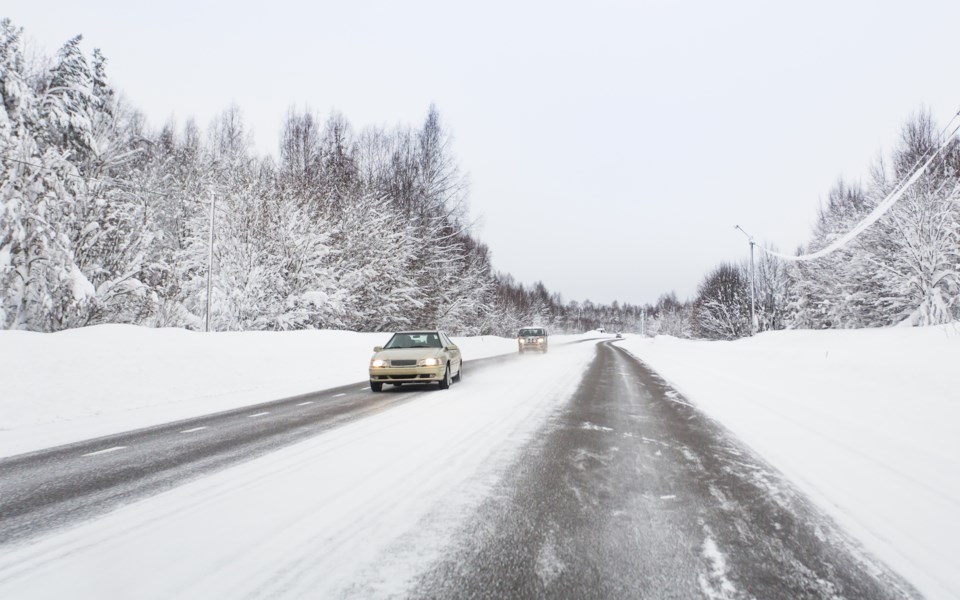It might be easy to forget about in spring, once the snow and ice melts, but road salt doesn’t just disappear.
Upper Thames River Conservation Authority (UTRCA) reminds residents of the watershed that the salt applied to roads, driveways, and sidewalks seeps into the ground and mixes with groundwater - the source of drinking water for many residents in the region.
Salt in groundwater can lead to contamination, affecting the quality of the region’s water.
In the UTRCA’s monthly newsletter, the organization lists some ways to protect groundwater from contamination from road salt.
The UTRCA recommends:
- Clear snow before it compacts into ice, reducing the need for salt.
- Use an alternative to salt, such as sand, grit, or non-clumping kitty litter, to provide traction without the negative impacts of salt.
- Use a mix of sand and salt, if salt is necessary.
- Use a minimal amount - often, a few tablespoons of salt are enough for a 1 metre square area.
- Clean up any spilled or excess salt for later use. Storing and containing salt properly can prevent it from leaching into the ground.
By clearing snow early, using alternatives to salt, and minimizing salt usage, residents can safeguard the health of groundwater, the conservation authority said.
